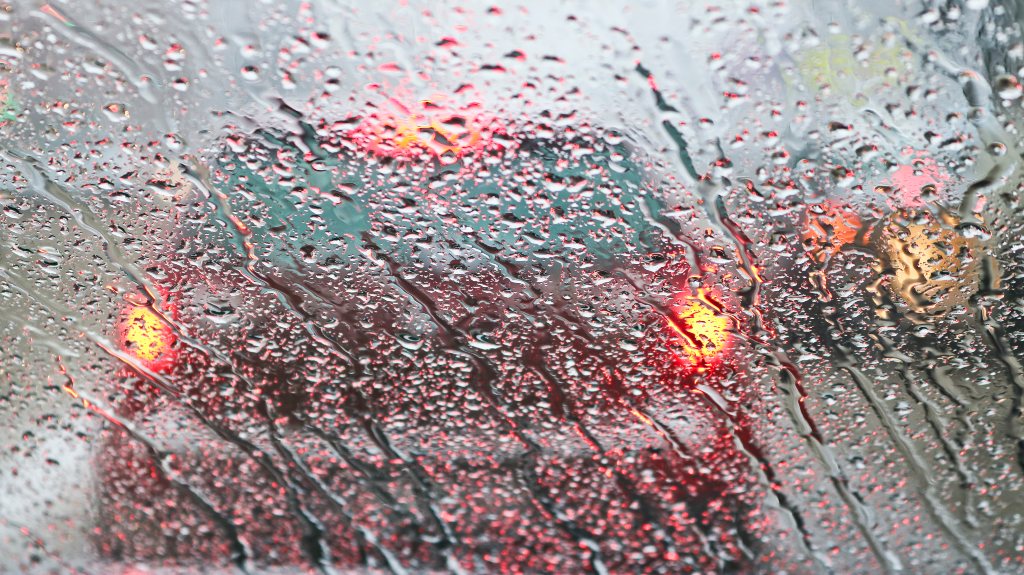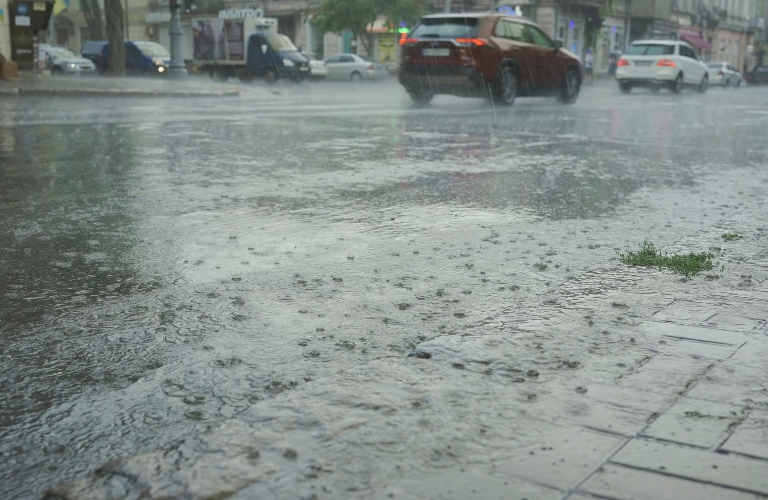
Heavy precipitation can make driving conditions more dangerous by impeding visibility. Heavy rainfall can make it challenging for drivers to see down the road; furthermore, rainfall can overwhelm a vehicle’s windshield wipers, obstructing a driver’s view. Reduced visibility caused by rains can lead to devastating car accidents. But what role does the weather play in determining liability for such accidents?
How Rain Affects Visibility
Rainfall can adversely affect a driver’s visibility of the road in several ways. First, heavy rainfall can impede a driver from seeing down the road; heavy rain can reduce visibility to a few feet. Rainfall can also become too heavy for a vehicle’s windshield wipers to remove from the windshield (especially if wiper blades have become degraded from age, use, or sun exposure), blocking a driver’s view ahead of the vehicle. When the sun comes out after rainstorms, wet roads and standing water on the road can create glare effects that may disorient or temporarily blind drivers. Finally, air temperature can combine with precipitation to cause car windows or side mirrors to fog.
Common Accidents Caused by Reduced Visibility
Examples of car accidents that can occur due to reduced visibility in the rain include:
- Rear-end accidents: Drivers with reduced visibility ahead of their vehicle due to the rain have a higher risk of causing rear-end collisions, especially when they fail to moderate their speed in response to the weather and visibility conditions.
- Sideswipe accidents: Reduced visibility from rainfall can make it challenging for drivers to see road lines, which may cause them to drift out of the lane and collide with adjacent vehicles.
- Head-on collisions: Similarly, a vehicle may drift over the center line due to reduced visibility, which may lead to a head-on collision if they do not notice an oncoming vehicle (especially when drivers fail to turn on their headlights in the rain)
- T-bone collisions: Poor visibility may prevent drivers from seeing stop signs or red lights, potentially leading to T-bone accidents in intersections.
Additional Dangers That Contribute to Rain-Induced Accidents
Precipitation can also lead to other road hazards that increase the risk of motor vehicle accidents, such as:
- Slick road surfaces: Rain can make the road surface slippery, especially when it brings motor oil and other vehicle fluids to the surface, increasing the distance needed for vehicles to stop.
- Standing water: Rainfall can lead to puddles of water on the road, which may cause vehicles traveling at high speeds to hydroplane, where the vehicle’s tire loses traction with the road surface. Hydroplaning may cause a car to skid or spin out of control, potentially leading to a collision or crash.
- Less-visible cyclists and pedestrians: Reduced visibility from heavy rainfall can also make it more challenging for drivers to spot bicyclists or pedestrians, potentially leading to catastrophic bicycle or pedestrian accidents.
Safety Tips for Driving in Rainy Conditions

Drivers can reduce their chances of an auto accident when driving in precipitation by following critical safety tips, such as:
- Turning on headlights (to the low-beam setting)
- Increasing following distances
- Maintaining windshield wipers and defrosters
- Reducing speed as necessary
- Staying in the middle lanes of the highway whenever possible, as road designs usually drain rainwater towards the sides of the road and center median
- Avoiding hard braking or sudden maneuvers whenever possible
Contact a Car Accident Attorney Today
When you’ve suffered injuries or car damage in a crash that occurs in the rain, you deserve to seek compensation for your expenses or losses. Contact Dreyer & Tinney Law Firm today for a free, no-obligation consultation with a knowledgeable personal injury lawyer to discuss your legal options for securing the financial relief you need to recover from a car crash.
